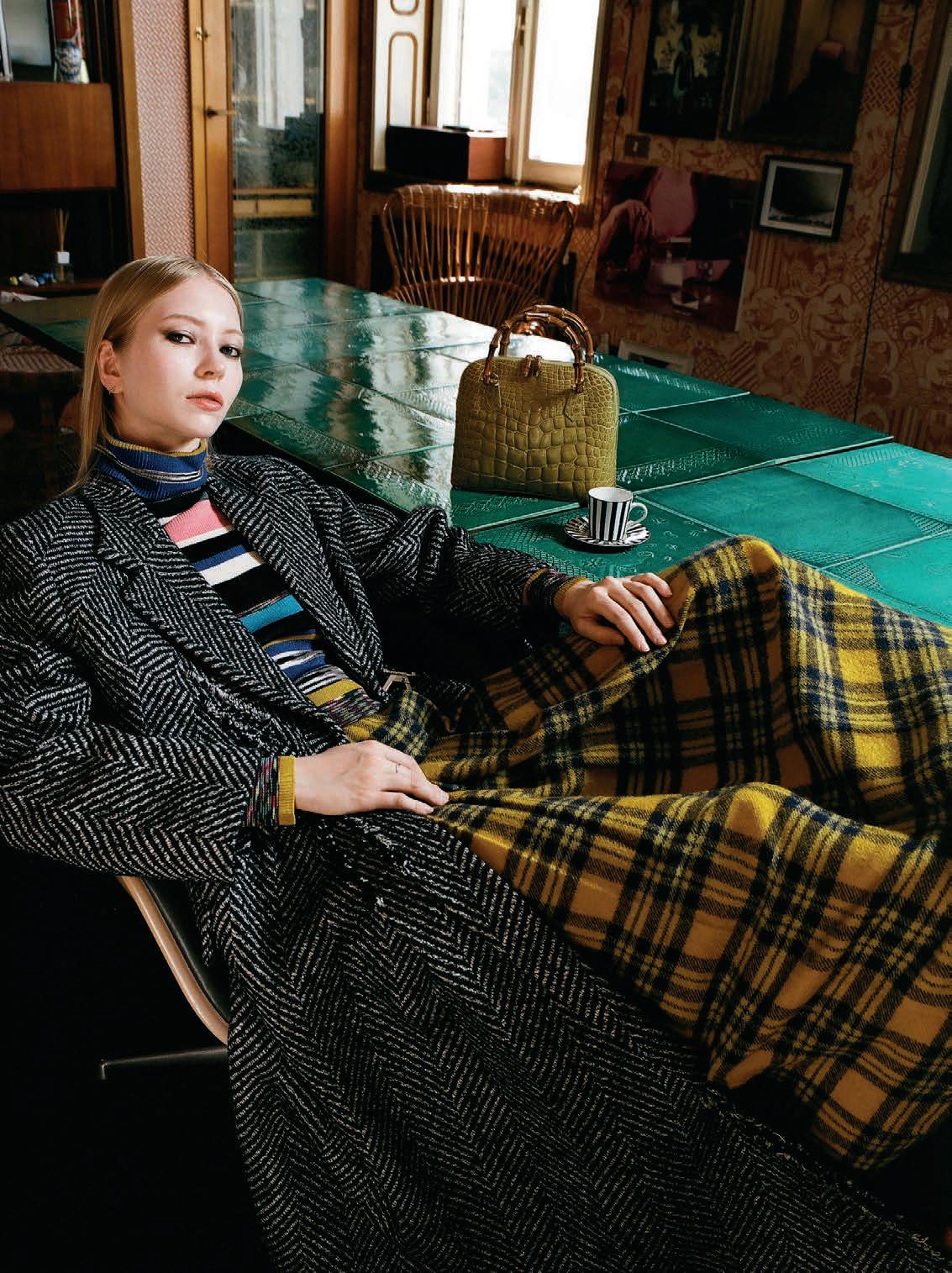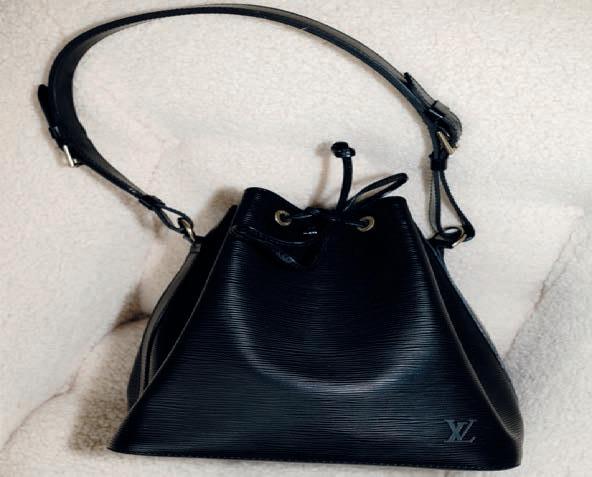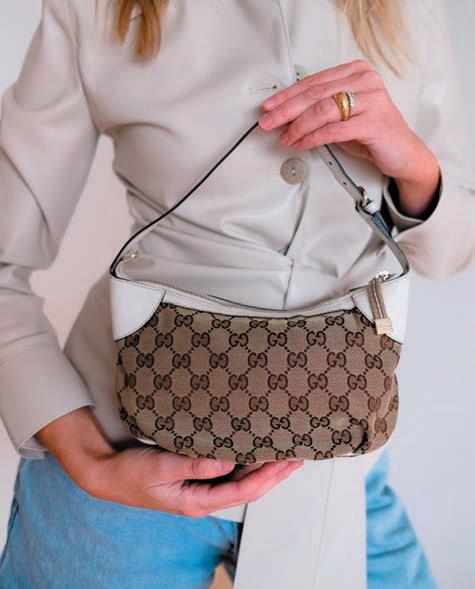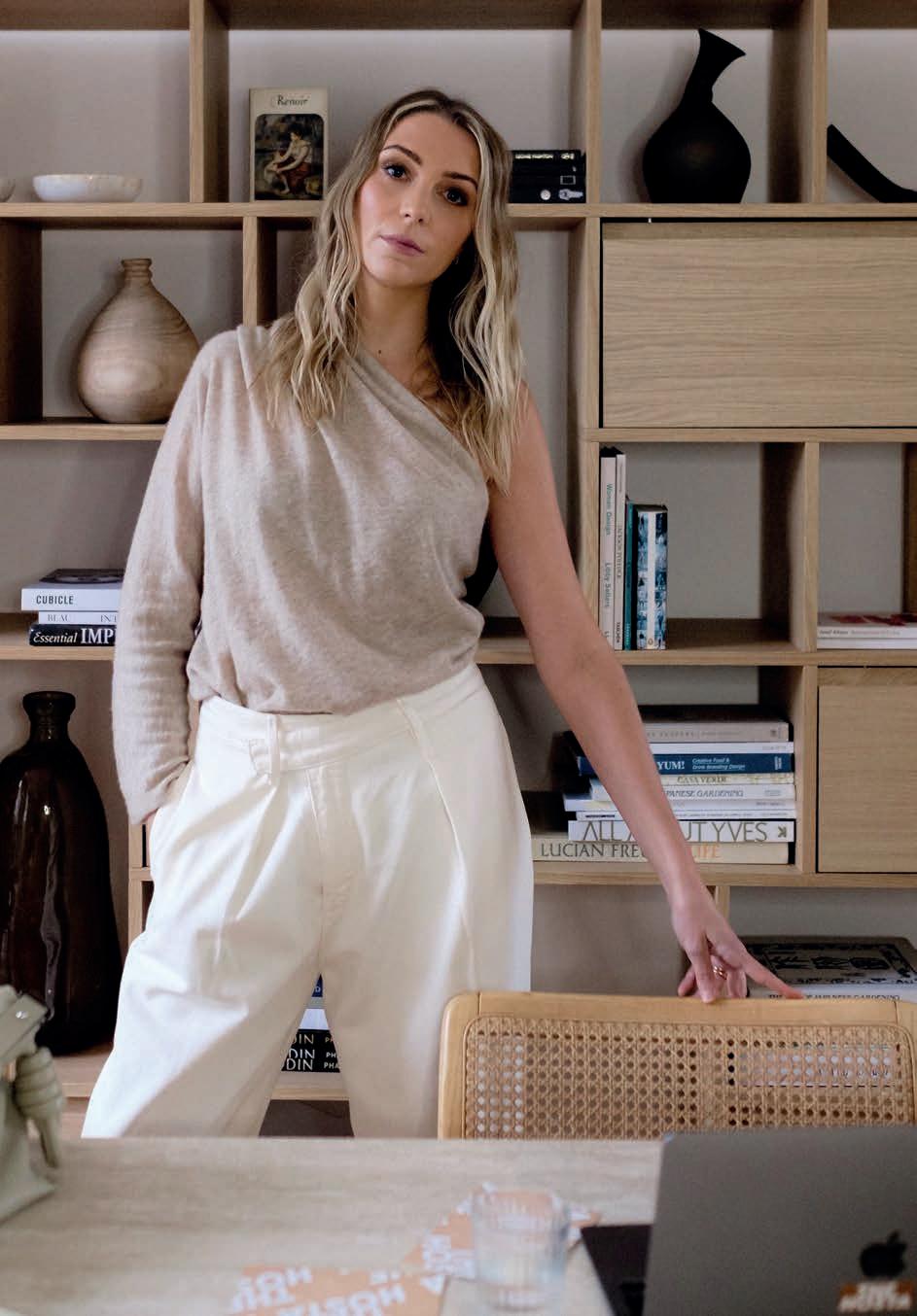
4 minute read
A VINTAGE YEAR
from Burlington's - April 2023
by CPL One
Offering a more sustainable, exclusive and astute way to shop, fashion’s luxury resale business is booming. Burlingtons takes a closer look
Words: Kat Poole
Advertisement
There’s a trend rippling through the fashion industry, but it’s not something you’ll see on the catwalks. The biggest talking point this season is vintage – and how best to invest. Demand for preloved luxury is at an all-time high, thanks to the potent combination of an ever-increasing interest in sustainable and circular fashion, a desire for premium pieces at more accessible points, and the lure of rare or exclusive products. It’s perhaps unsurprising that during a time of social and economic uncertainty consumers are looking to curate wardrobes that prioritise craftsmanship and the reassuring aesthetic of past seasons.
Of course, certain pieces can also represent a meaningful investment. A 2020 report by Art Market Research showed that designer handbags now have better investment potential than art, classic cars and even rare whiskies, with demand for Hermès, Chanel and Louis Vuitton leading the way. As such, the retail world is seeing rapid growth in luxury resale websites, from global marketplaces such as TheRealReal and Vestiaire to more intimate independent boutiques. Luxury brands are also seeing the opportunity to meet demand directly; Rolex now has a pre-owned programme, and in late 2022, LVMH launched Heristoria, selling vintage pieces from 21 of its fashion houses.
One such resale platform is Lampoo, based in London and Milan. Founded in 2019, it aims to provide a trusted second-hand luxury shopping service and, in doing so, contribute towards a more sustainable fashion ecosystem. Burlingtons spoke to Enrico Trombini, Lampoo’s founder and CEO, to find out more.
Enrico, what do you think is driving the market for luxury resale?
The resale market is probably one of the most exciting industries to be a part of right now. Over recent years we’ve been witnessing a gradual change in consumers’ purchasing behaviour and how they consume fashion, and now we’re seeing a mass shift in the adoption of resale like never before. Creating a more circular economy is at the heart of our business, but increasingly we’re seeing customers come to Lampoo, as it allows them to buy into brands at lower price points and access covetable pieces from sold-out collections.
Are there certain iconic brands or pieces that have helped drive the interest in second-hand luxury?

Hermès is consistently a top performer for us. The fact that customers can get their hands on a piece that you, otherwise, might have to wait months for via the brand directly is an attractive proposition, and consistently drives customers to our site and store. Alongside Hermès, the big-name brands such as Louis Vuitton, Chanel and Gucci always perform well too, as it gives customers the chance to buy into the brand without investing at full price.

What does this mean for the future of trend-led fashion?
Fashion brands are constantly reimagining and reworking silhouettes and motifs from previous seasons, so, in that sense, we’ll always continue to see trend-led sales as a result of vintage renewal. Second-hand provides a natural way to shop current trends with vintage stock, seen with styles such as the Gucci Jackie, an iconic bag for the brand for years, but enjoying a recent revival because of the re-release of the style in current-season stock.
What do you think this means for the fashion landscape in 10 years’ time?
Sustainability and circularity will continue to break further into the mainstream, with more expectation on brands to demonstrate how they are part of the solution, not part of the problem. In terms of consumer behaviour, vintage will continue to rise in popularity, and we’ll start seeing significant growth in vintage and second-hand markets across the world, rather than concentrated in hotspots such as London, New York and Tokyo.
Within the luxury resale segment, I think we are going to see steady, double-digit growth over the next five years. The market will clearly polarise between peerto-peer platforms and consignment service providers such as us. There will be space for a small number of incumbents in each market, each taking a share of an ever-growing several-billion-pound market.

Can you tell us a bit about how Lampoo works?
Lampoo is a luxury consignment service, dedicated to pre-loved designer fashion, that offers an easy and convenient way to buy and sell. Peer-to-peer resale services tend to mean that there’s a lot of effort required to sell your items, while, at Lampoo, a dedicated team takes everything off your hands –collecting the items from your home, photographing, secure storage, and delivery to the buyer once sold. For buyers, shipping and returns are free, and our meticulous authentication processes offer complete peace of mind that they are buying the real thing, in great condition.
The authentication process is carried out by professionals with years of experience in the world of fashion and luxury goods, from both retail and production standpoints. They take into account the special characteristics and quality of the models, materials and handicraft techniques required to make them, as well as the presence of serial codes .


What’s next for the luxury resale market?

My vision of the market is that it will be dominated by two main business models: peer-to-peer and consignment. While the first already shows a few incumbents, the latter is extremely fragmented, and it’s there that we see the opportunity to become a household name by satisfying the demand for an easier, quicker and safer selling and buying experience.
lampoo.com/en
Talking shop
Danni Dance is founder of The Hosta, which sells a curated collection of authenticated pre-owned and vintage bags. These are her tips for finding second-hand pieces to treasure.

■ When it comes to clothing, know your measurements, and ignore the sizing on a garment. A lot of vintage sizes come up small, so ask the seller for the exact measurements of the piece.
■ Ask the seller to see videos of the piece in daylight and on a person, to get a feel for the overall condition. Studio lighting can look very different from natural light — this way, you can see any scratches on the hardware or the leather.
■ Be aware that you’re not buying a brand-new piece. If there are minor scratches or creases, often it adds to the appeal. A bag, for example, could be 30 years old, and have had a life before.
■ Always make sure the seller accepts returns — not everyone does. the-hosta.com










